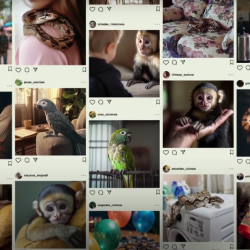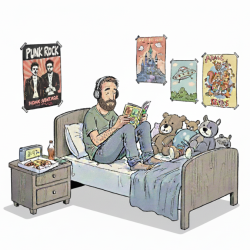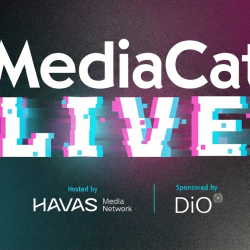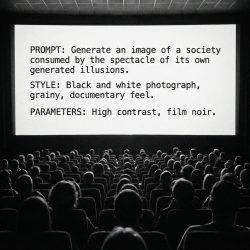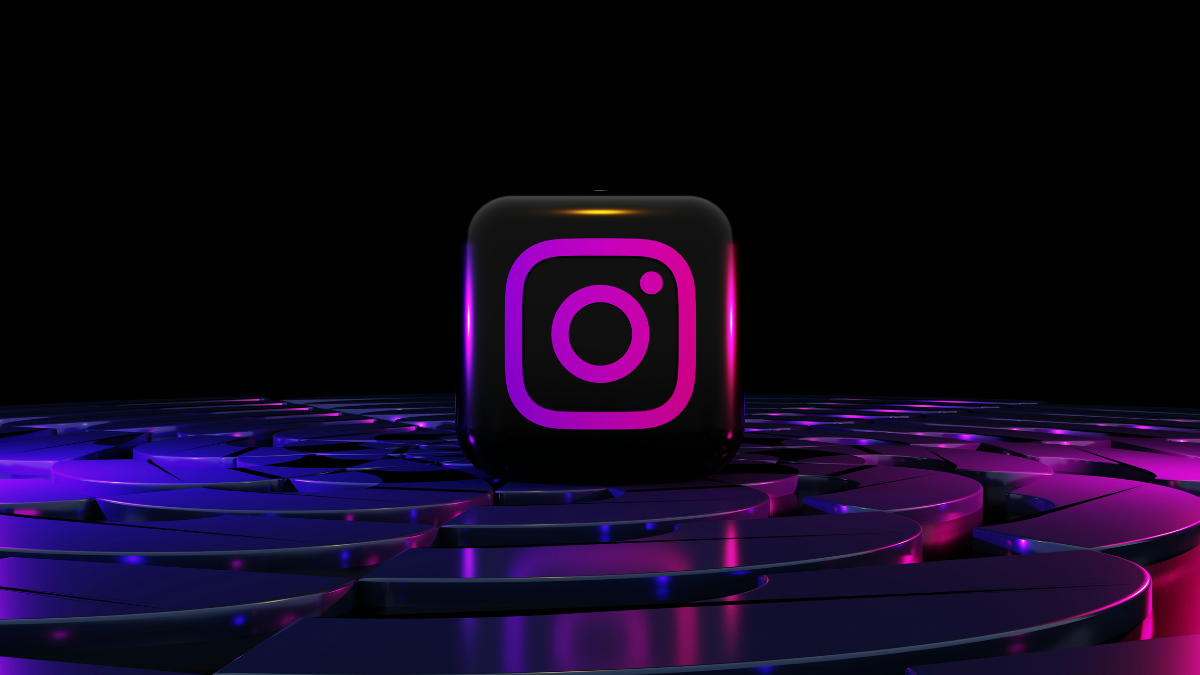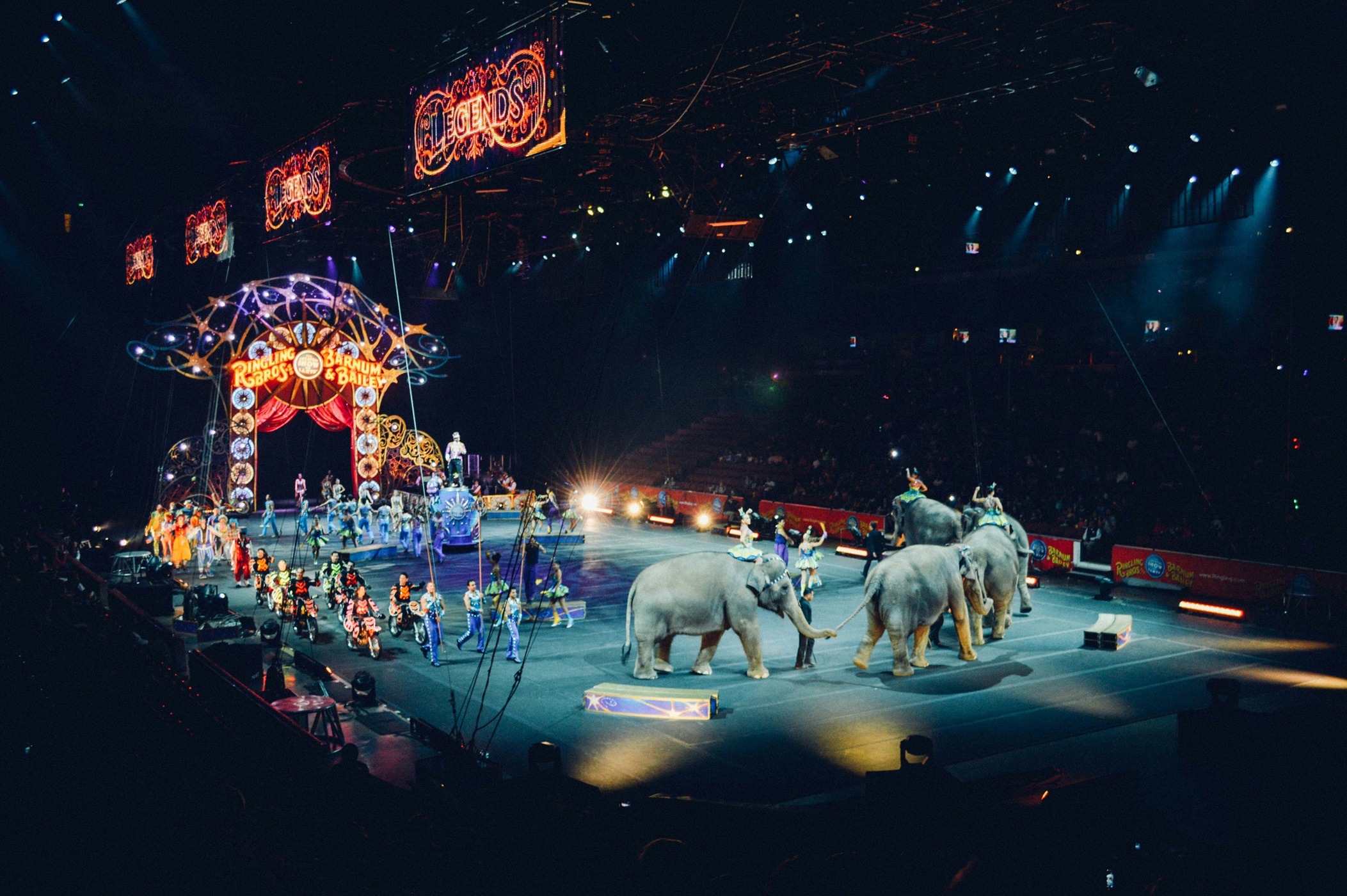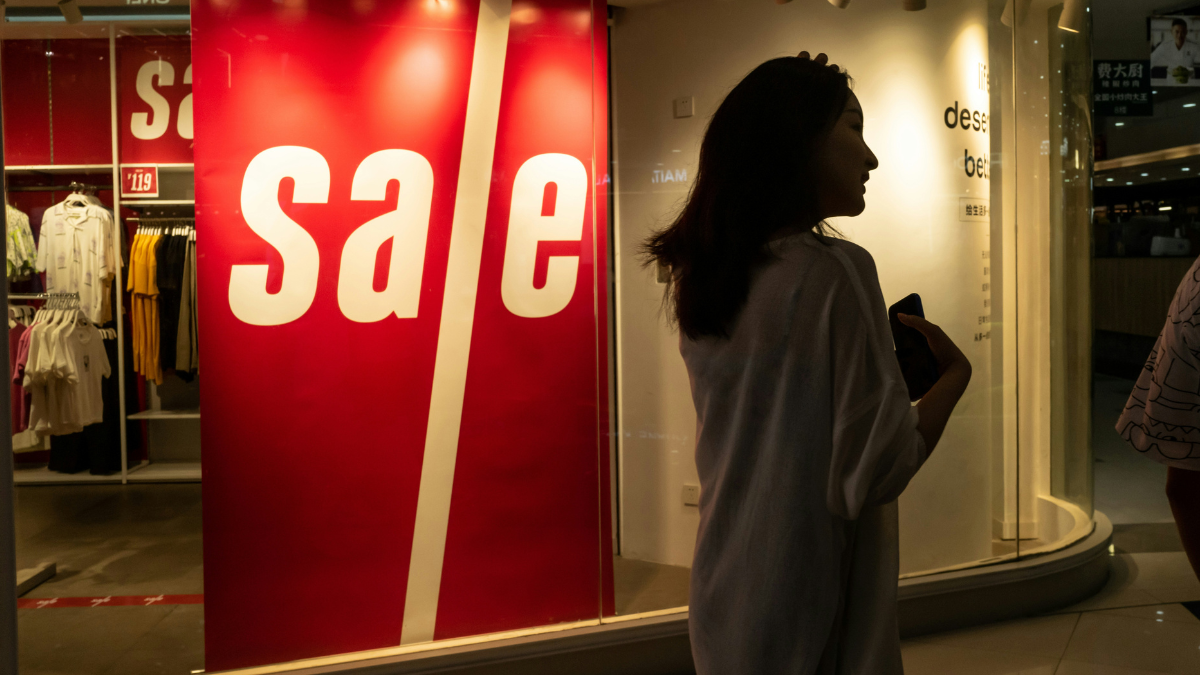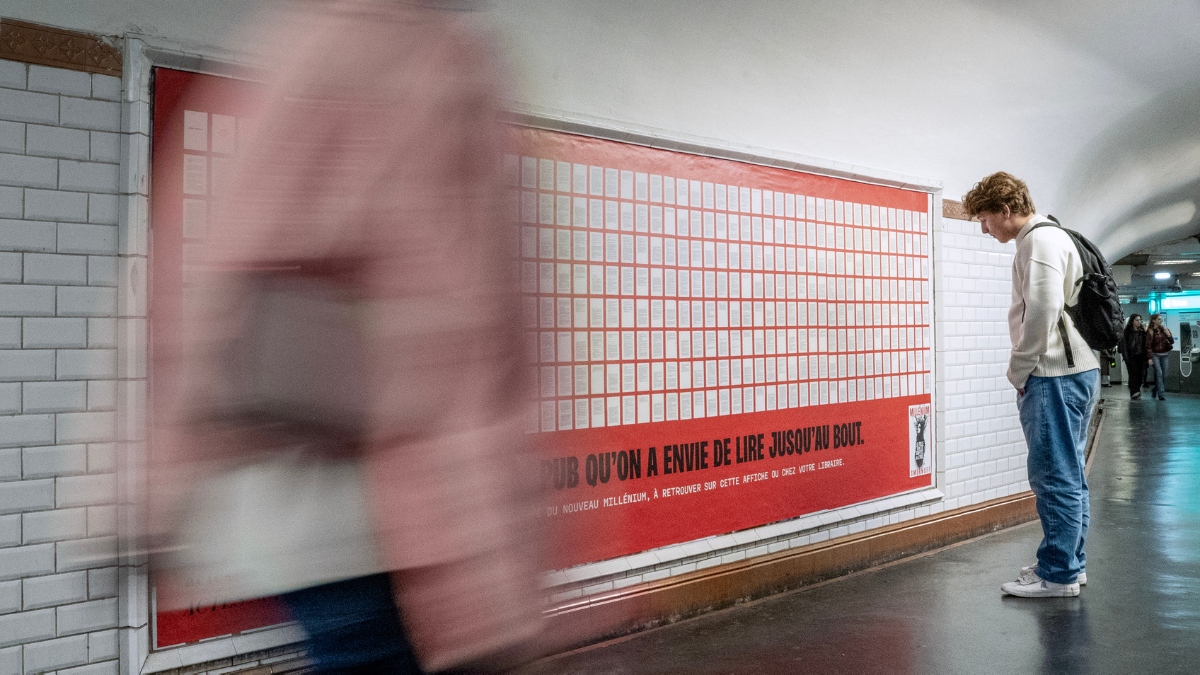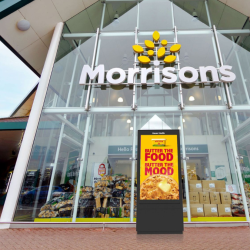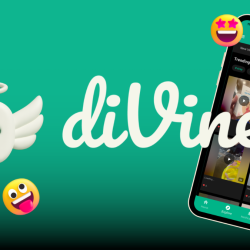Head of Instagram Adam Mosseri revealed that the platform is exploring TV at Bloomberg Screentime last week, admitting that they’d made a ‘mistake’ by not doing so sooner.
TV has become an ‘increasingly important surface’, Mosseri said, and singled out YouTube as a key success story. More than a billion hours of YouTube content is watched on a TV each day, and the platform reported that TV had even surpassed mobile to become the primary device for viewing in the US. Mosseri said that Instagram should follow that example and ‘show up in a compelling way’ on TV, though he clarified there was no official launch yet.
Instagram does not lend itself as naturally to TV as YouTube, though. While Instagram does host some horizontal visual content, transitioning the platform’s Reels content to a wide screen poses clear issues. But the Instagram CEO believes there’s a ‘bunch of things’ the platform can introduce to fill the empty space, with some of his ideas including displaying comments, social context or even who else is watching.
‘I’d rather first figure out how we can embrace the content ecosystem that already exists and the creatives that already exist on the platform […] and if it turns out we have to expand, then we’ll certainly consider that,’ Mosseri said.
Once again, YouTube serves as the guide. In a blog post to celebrate the platform’s 20th anniversary, YouTube CEO Neal Mohan was adamant that today’s viewers expect television to be interactive and are eager to watch podcasts, live streams and even shorts on a bigger screen. A few months later it even rejigged its TV app to feature vertical shorts prominently above standard content, a sign of confidence in the appeal of the content. YouTube’s strategy offers a clear playbook for other social sites looking to take the leap.
But one way Instagram won’t be following YouTube’s example is through licensing entertainment content or paying for sports rights. Mosseri ruled out such a move, instead saying he’d ‘much rather [Instagram] be the second screen’ where people talk about games and movies.
‘Connecting with your friends and short-form video can be really symbiotic,’ he said. ‘And short form video and long form video can be really symbiotic. But long form video and connecting with your friends is really difficult to do in one place.’
With three billion active users and the backing of Meta, making a successful Instagram TV app would appear to be well within reach. But Elliott Millard, CSO at Thinkbox, told MediaCat that Instagram would face ‘fundamental challenges’ when joining TV.
‘YouTube has been available on the TV for over a decade but is less than 10% of viewing,’ Millard said. ‘The rest is TV, which tells a pretty strong story about what works on the TV screen.
‘Instagram isn’t a natural fit for TV, and it will probably need to dramatically change its offering, either commissioning original TV content or curating Reels in a way that suits the well-served expectations of TV set viewing. Otherwise, it risks being a novelty app.’
Successful or not, an Instagram TV app would fuel the argument that social media platforms are becoming increasingly less social focused. Recent years have seen accusations of a decline in people posting and some users opting for ‘zero grid’ profiles with no uploads. New Yorker writer Kyle Chayka even suggested that society might be headed towards what he calls ‘posting zero’. But a decline in public posts does not necessarily mean a decline in interactions.
According to Mosseri, all the growth on the platform over the last five years has come from direct messages, stories, reels and recommendations.
Instagram has also continued to fan these flames by adding features such as close friends stories, notes, reposts, and most recently, a Friends Tab — which are all designed to drive one-to-one engagement.
Main image by BoliviaInteligente on Unsplash

